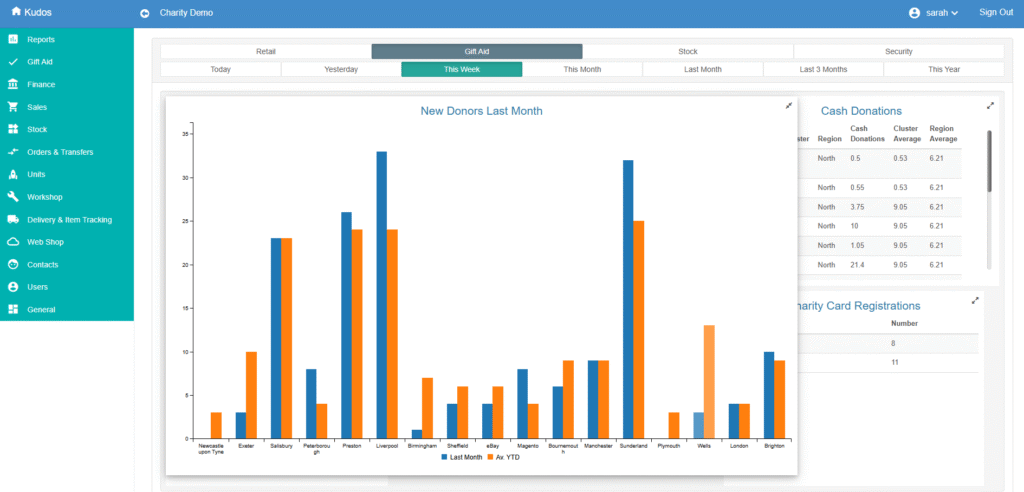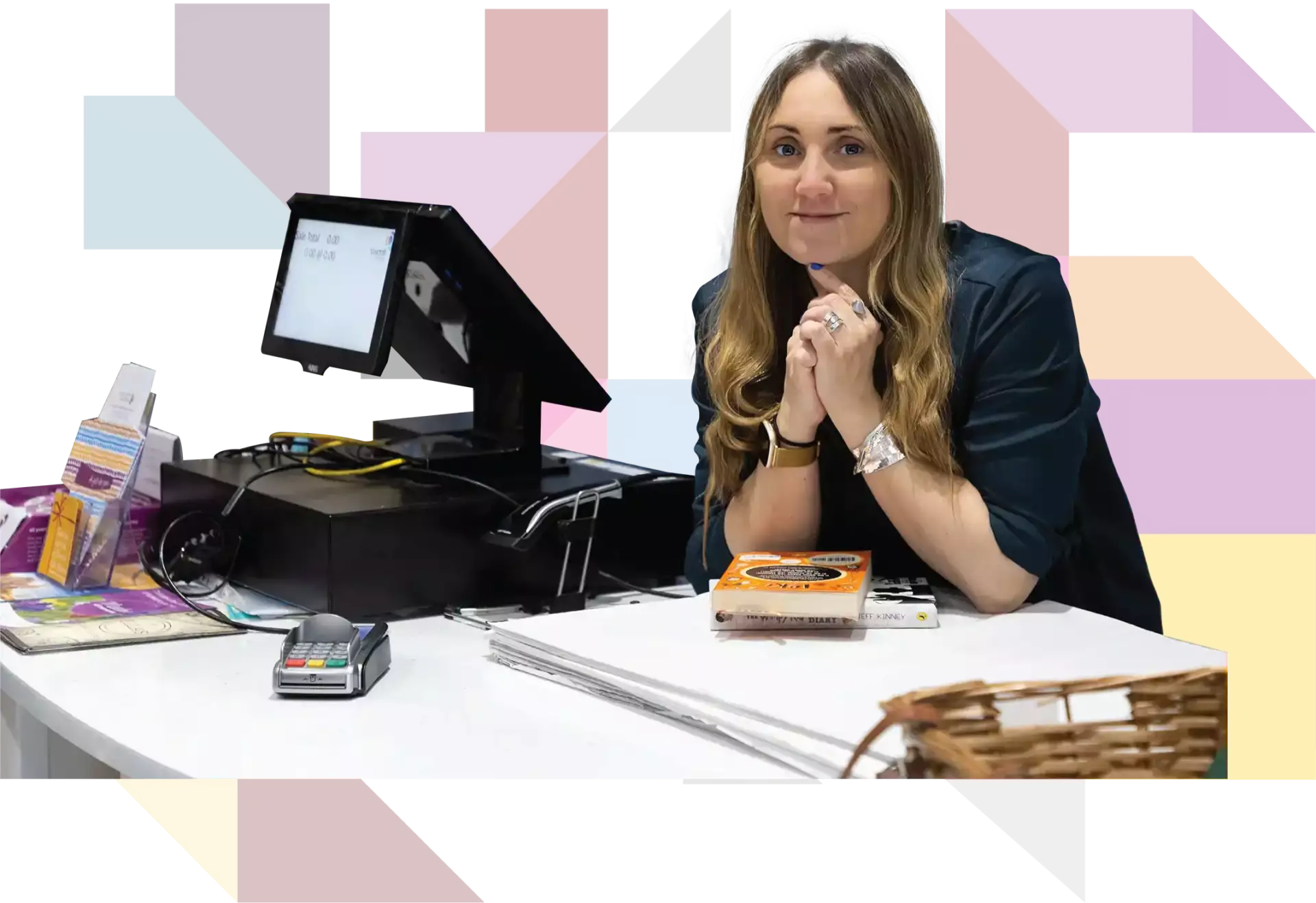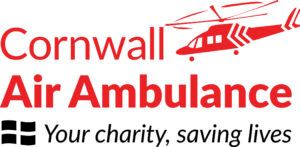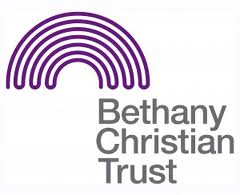The charity retail sector is facing challenges, including rising costs and increased competition for donations, leading to a need for greater efficiency. Charity retail systems, like Kudos, are essential in helping hospice charity shops achieve their objectives, streamline
operations, and boost income generation from both sales and Retail Gift Aid.
Effective retail software solutions are tailored to the unique needs of hospice shops, supporting key charity shop processes, and ensuring efficient retail operations, helping to increase hospice income without the hassle.
Key Takeaways
- Introduction to Hospice Retail Systems
- Benefits of Hospice EPoS Software
- Key Features of a Hospice EPoS System
- Choosing the Right Hospice Software and Technology Partner
- Maximising Gift Aid for Hospice Retailers
Introduction to Hospice Retail Systems
By integrating retail software, hardware, and technical support, hospice retail systems are specifically designed to meet the demands of busy hospice shops. The best charity EPoS partners for hospices provide comprehensive project management, expert training, continuous product development, and dedicated support for hospice shops.
Benefits of Hospice EPoS Software
Hospice EPoS systems track sales and streamline charity retail processes, and a combined EPoS and Gift Aid system provides major advantages for hospice retail operations as the software:
- Engages hospice supporters at the till and improves customer service
- Improves efficiency and maintains compliance with an integrated digital Gift Aid solution
- Enhances fundraising and donation efforts and builds supporter relationships
- Gains business intelligence, with analytics, and provides valuable reporting, control and insights for head office and hospice retail managers
- Improves stock management and monitors stock levels, ensuring items are in the right place, at the right time, and sold for the correct price
- Saves managers and hospice shop teams time, and makes processes more effective and efficient
Key Features of a Hospice EPoS System
While many hospice POS systems offer the same basic functions, there are lots of extra features and services that are worth considering in order to find the right technology, and provider, for your hospice.
A good hospice EPoS system should, as a minimum, offer key features such as point of sale, gift aid claims processing, an on-demand support team, and flexible contracts with no hidden costs. The solution should be customisable to match the hospice’s retail requirements. Most importantly, hospices should choose a charity retail system that is scalable, and a supplier that can keep pace with growth, or pivot to meet future needs.
The hospice EPoS system should have:
- An easy to use, volunteer-friendly, customisable touchscreen interface
- The ability to easily capture and process Gift Aid donations for maximising income
- Flexible hardware options, including recycled and HaaS (Hardware as a Service)
- Integrated card processing, with a choice of acquirer rates, in order to provide best value to the hospice
- Real-time supply chain, stock, and inventory management for new and donated goods
- Robust and resilient security such as user log-ins and data protection
- Multi-channel selling options such as ecommerce, instore and online marketplaces
- Business intelligence, sales data, reporting and analytics for informed decisions
- Robust, reliable technology with cloud back office
Every hospice will differ, and therefore should find a charity EPoS provider that provides the best value solution.
Choosing the Right Hospice Software and Technology Partner
There is not a one-size fits all software solution for the UK charity sector, and selecting a hospice POS system requires considering budget, scalability, flexibility, and user-friendliness, as well as ensuring ongoing support such as project management, expert training, account management and input into future developments.
UK hospices should choose an experienced technology partner, with a proven track record of supporting the charity retail sector, that offers secure and reliable software, with great support – freeing up shop teams to deliver a great retail experience to hospice donors and supporters.
The software supplier should offer hospices the opportunity to join a community of charity retailers who share best practice, and input into future developments.
When selecting a hospice software provider, Retail Managers can benefit from asking the following questions. Does their hospice:
- Require integration with other software e.g. Sage, Power BI, or e-commerce platforms?
- Need furniture collections and delivery software?
- Intend to recycle existing hardware, purchase new hardware, or subscribe to hardware as a service (HaaS)?
- Require EPoS for a hospice café, superstore, or online shop?
- Want a customisable, hospice branded, easy to use interface for volunteers?
- Need to manage lotto or promotions on the POS?
- Require its software partner to have Cyber Essentials and ISO27001:2022 accreditations?
These are just some of the questions hospice leaders should be asking charity software providers in their project scoping or tender documents.
Maximising Gift Aid for Hospice Retailers

Retail Gift Aid on donated items is a valuable additional source of revenue for hospice stores, and effective Gift Aid systems can help maximise claims and minimise reporting errors.
- Hospice shops can benefit from using an integrated Gift Aid solution.
- Retail Gift Aid donors can download free apps for Android or iOS, like the Kudos Charity Card app, designed to enhance Retail Gift Aid and build supporter relationships.
- Hospice retailers can track the donation process from point of donation, to sale, plus manage donor information using a hospice EPoS system.
- Donor management and data analysis are key features of an effective hospice retail system.
- Donors can be sent thank you emails and messages after signing-up for Retail Gift Aid and every time they donate.
Effective fundraising strategies are crucial for charity retailers to increase revenue and support their cause, and a charity retail system can help hospices collect and analyse data from customer purchases and track donations. This allows them to create targeted marketing campaigns that encourage donors to give repeat donations, improving donor loyalty, enhancing fundraising results, and increasing brand visibility.
Conclusion
The future of charity retail is likely to be shaped by technology and changing consumer behaviour, and hospice retailers will need to adapt to new trends and technologies, such as tablet based apps, to remain competitive, while working together to share best practices.
Charity retailers should look for a provider with a passion for technology, with a proven track record of supporting the charity retail sector. Hospice retailers have unique needs that require tailored solutions that support sales processing, Gift Aid and stock management and the hospice retail system should be a cost-effective solution that offers scalability, ease of use, and integration with other software.
Effective hospice retail solutions support shop managers, volunteers, and donors through streamlined operations and donor management. By embracing technology and using data analysis, hospices can meet their mission, support fundraising efforts and adapt to trends in the charity retail sector.


















